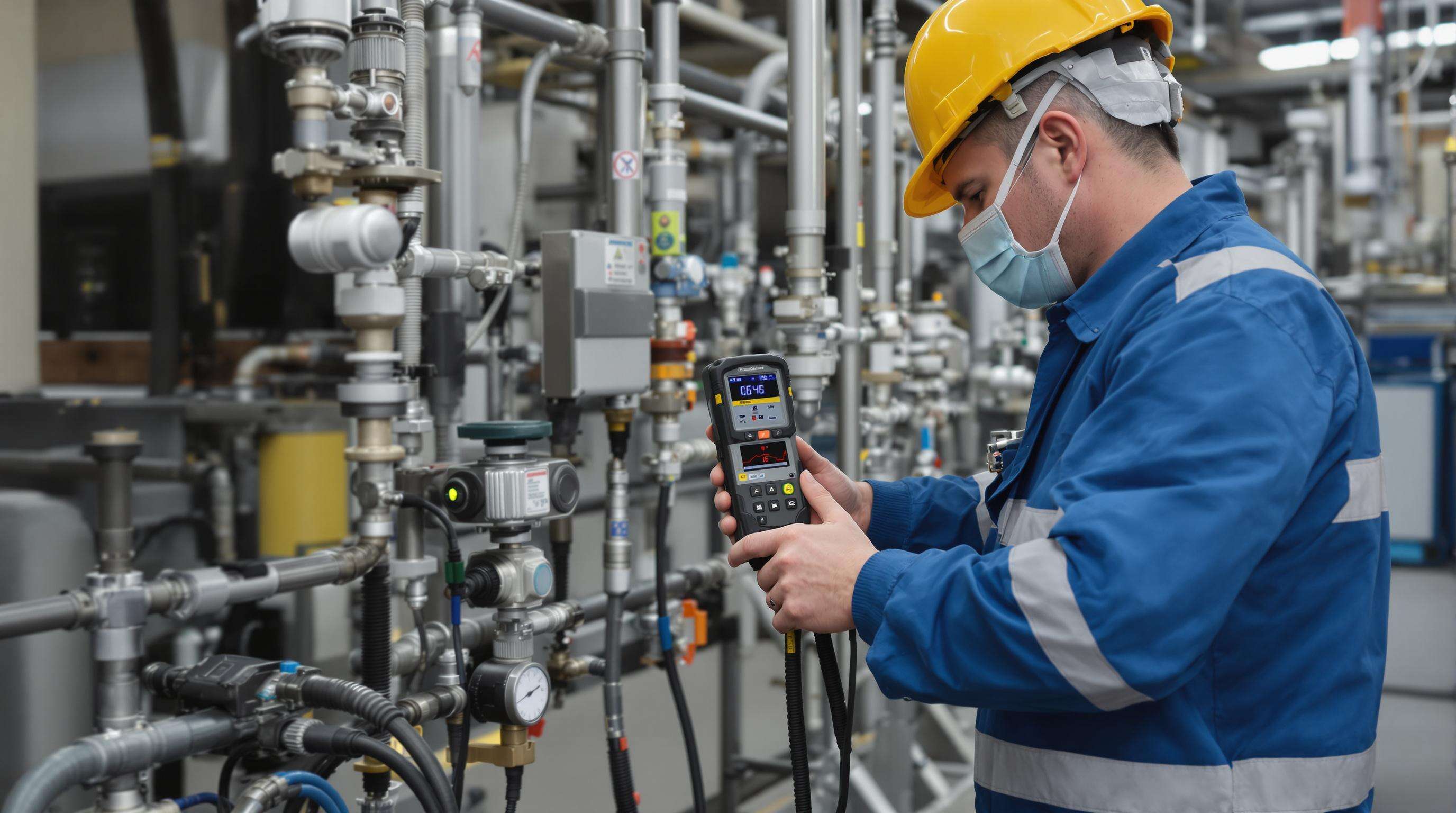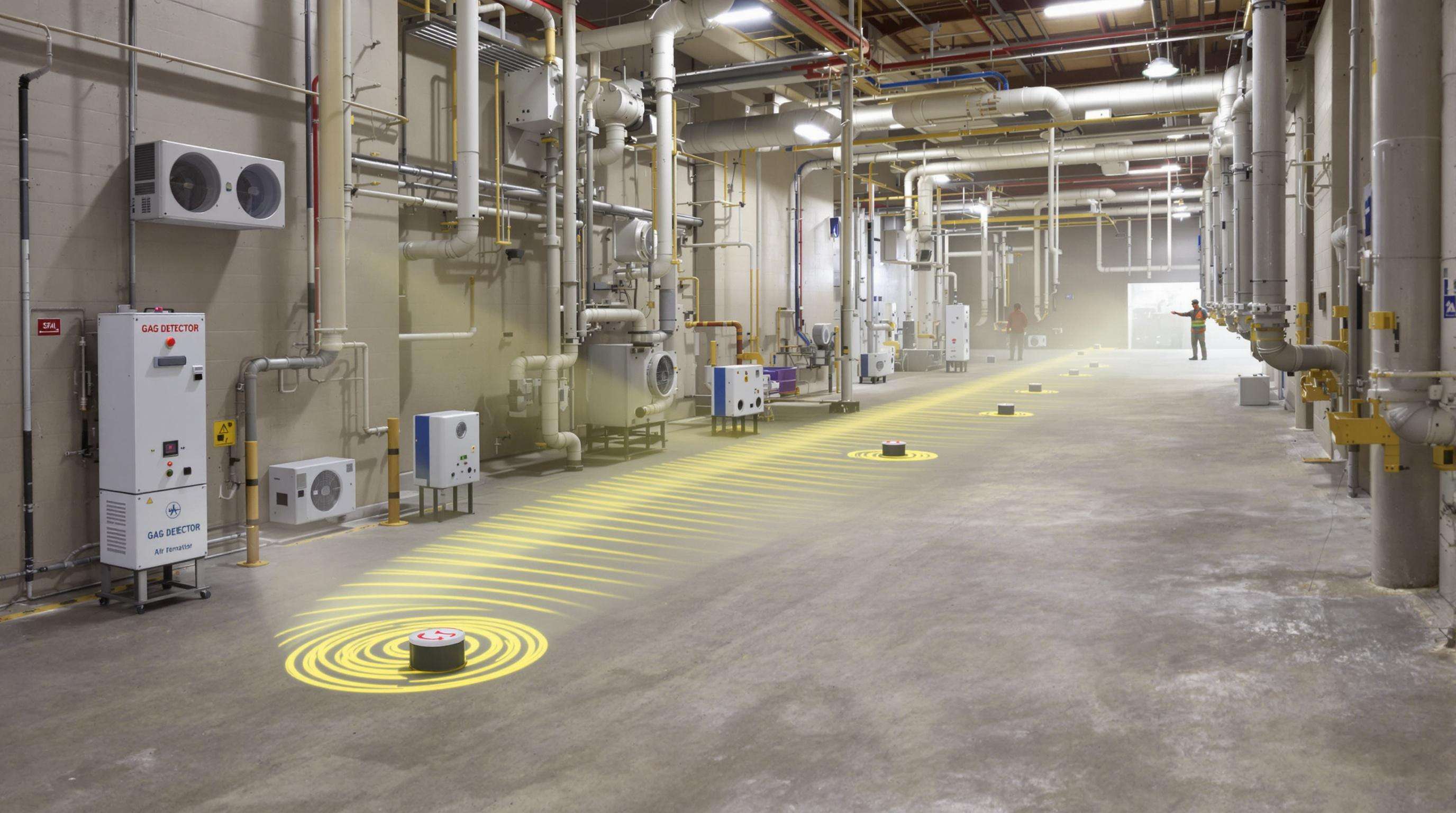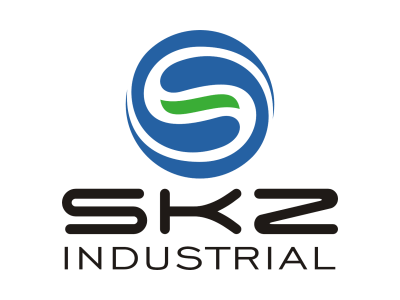Understanding MultiGas Detectors and Regulatory Frameworks
Multi-gas detectors, built into your safety helmet, monitor both levels of oxygen, flammable gases (measured in LEL – Lower Explosive Limit) and poisoning gas such as hydrogen sulfide (H₂S) from the working environment. OSHA also requires continuous tracking of these hazards in confined spaces, where atmospheres can become toxic in moments. Alarm set point is per OSHA and can be adjusted in 5% Increments from 25-100%.
Simultaneous Monitoring of OSHA-Identified Hazard Thresholds
OSHA’s confined space standard (29 CFR 1910.146) requires continuous surveillance of oxygen deficiency (<19.5%), enrichment (>23.5%), flammable gases exceeding 10% LEL, and toxic gases above permissible limits. Multi-gas detectors provide real-time alerts for all four threats concurrently, ensuring workers avoid asphyxiation and poisoning risks.
NFPA 350 vs ATEX Standards for Explosive Atmospheres
Both are aimed at explosion prevention but NFPA 350 directs greater focus on reducing combustible dust within industries that operate in North America with zones being determined by hazard frequency and duration. By contrast, the ATEX Directive for Europe applies to equipment design via Categories (1–3) and gas groups (IIC IIB IIA). Divergent approvals introduce compliance issues: NFPA-mirrored detectors target dust ignition temperatures, while ATEX approvals call for electromagnetic compatibility testing in Category 1 zones.
Sensor Technology for Detecting Flammable/Toxic Gas Mixtures
Modern detectors deploy layered sensing technologies:
- Electrochemical sensors detect hydrogen cyanide/sulfide at 0.1 PPM resolution
- Infrared modules scan for combustible hydrocarbons
-
Catalytic bead sensors trigger methane/LPG alarms at 1% LEL accuracy
Cross-sensitivity algorithms filter interference between gases like ammonia and chlorine, minimizing false alerts.
OSHA Compliance Requirements for Multi-Gas Detection

Properly configured detectors must simultaneously monitor OSHA-defined exposure limits for oxygen deficiency, flammables, and toxic gases. Systematic implementation across three key dimensions ensures adherence.
29 CFR 1910.146: Confined Space Entry Protocols
Continuous atmospheric monitoring is mandated before and during any permit-required confined space entry. Detectors must sample air at multiple elevations since heavier gases accumulate near ground level while lighter gases concentrate overhead. OSHA requires alarms at specific thresholds: oxygen below 19.5%, combustible gases exceeding 10% LEL, and H2S above 10 ppm.
1910.134 Respiratory Protection Alignment Strategies
Gas detection data directly informs respiratory equipment selection. Under IDLH (Immediately Dangerous to Life or Health) conditions, supplied-air respirators become mandatory. Alarms must trigger at levels granting at least five minutes for safe egress.
Documentation Requirements for Compliance Audits
Audit-proof documentation includes calibration certificates, bump test logs, and sensor replacement records covering minimum 36-month retention periods. Facilities implementing digital documentation experienced 40% fewer audit findings according to industrial research compared to manual paper trails.
Deploying Multi-Gas Detectors in High-Risk Zones

Ventilation Analysis for Sensor Placement Optimization
Strategic sensor placement requires comprehensive airflow modeling to identify gas accumulation zones. Position detectors near potential leak points like valves and floor-level corners of confined spaces. Avoid placing sensors near exhaust vents where diluted readings could mask hazards.
Calibrating Detectors for Toxic Gas PPM Thresholds
Calibrate sensors monthly using certified trace gases to maintain accuracy at low parts-per-million concentrations. For hydrogen sulfide monitors, validate response against 10 PPM standards, while carbon monoxide sensors require calibration at 35 PPM per OSHA exposure limits.
LEL Monitoring in Flammable Liquid Storage Areas
Position explosion-proof detectors near valves, pumps, and tank vents in flammable liquid storage zones. Set alarms at 10% LEL thresholds to allow evacuation before concentrations reach 25% LEL (ignition risk).
Data Logging for Incident Reconstruction
Deploy units with automatic data logging to capture gas concentration trends and alarm history. Following incidents, export timestamped records to reconstruct event timelines and demonstrate compliance.
Maintaining Multi-Gas Detectors to IECEx Standards
30-Day Bump Test Frequency Requirements
IECEx standards require verified functionality tests every 30 days through bump testing. High-risk environments may need weekly tests—especially for toxic gas sensors nearing expiration.
Certification Records for Sensor Replacements
Every sensor replacement requires IECEx-certified components and detailed documentation:
| Documentation Element | Purpose | Retention Period |
|---|---|---|
| Sensor serial numbers | Component traceability | 5 years |
| Calibration certificates | Compliance verification | 3 years |
| Technician qualifications | IECEx 05-01 competency proof | 3 years |
Troubleshooting Cross-Sensitive Gas Readings
Cross-sensitivity occurs when sensors detect non-target gases. Mitigate interference through environmental contaminant audits and application-specific calibration adjustments.
Alarm Response Drills for Hydrogen Sulfide Exposure
Regular alarm response drills condition personnel to recognize alerts and execute evacuation protocols within seconds. OSHA mandates annual refresher training per 29 CFR 1910.146.
Competency Assessments for Gas Sampling Techniques
Assessments evaluate critical competencies like pump-operation timing and avoidance of cross-contamination. Failed assessments trigger remedial training until technicians achieve 100% accuracy.
Emergency Response Integration with Detection Systems
Automating Ventilation Activation Through Relay Outputs
Multi-gas detectors with relay outputs enable automatic hazard mitigation upon detecting dangerous gas concentrations. This real-time response minimizes exposure risks in confined spaces.
Post-Incident Data Analysis for OSHA Reporting
Modern detectors log timestamped gas readings required for OSHA 1910.146 incident documentation. Analysis tools identifying recurring near-miss events enable corrective actions.
FAQ Section
What are multi-gas detectors and how do they work?
Multi-gas detectors are devices that monitor various hazardous gases simultaneously, including oxygen levels, flammable gases, and toxic gases like hydrogen sulfide. These detectors provide real-time alerts and help prevent risks such as asphyxiation and poisoning, especially in confined spaces.
Why is continuous monitoring necessary in confined spaces?
Continuous monitoring in confined spaces is mandatory because gas levels can change rapidly, creating potentially toxic atmospheres. Regular monitoring allows quick detection and alerts to prevent dangerous exposure.
What are NFPA 350 and ATEX standards?
NFPA 350 and ATEX are standards focusing on explosion prevention. NFPA 350 is prevalent in North America and emphasizes reducing combustible dust, while ATEX standards apply in Europe, focusing on equipment design and electromagnetic compatibility.
How often should multi-gas detectors be calibrated and tested?
Multi-gas detectors should be calibrated monthly and tested every 30 days using bump tests to ensure accuracy, especially in high-risk environments where more frequent testing might be necessary.

